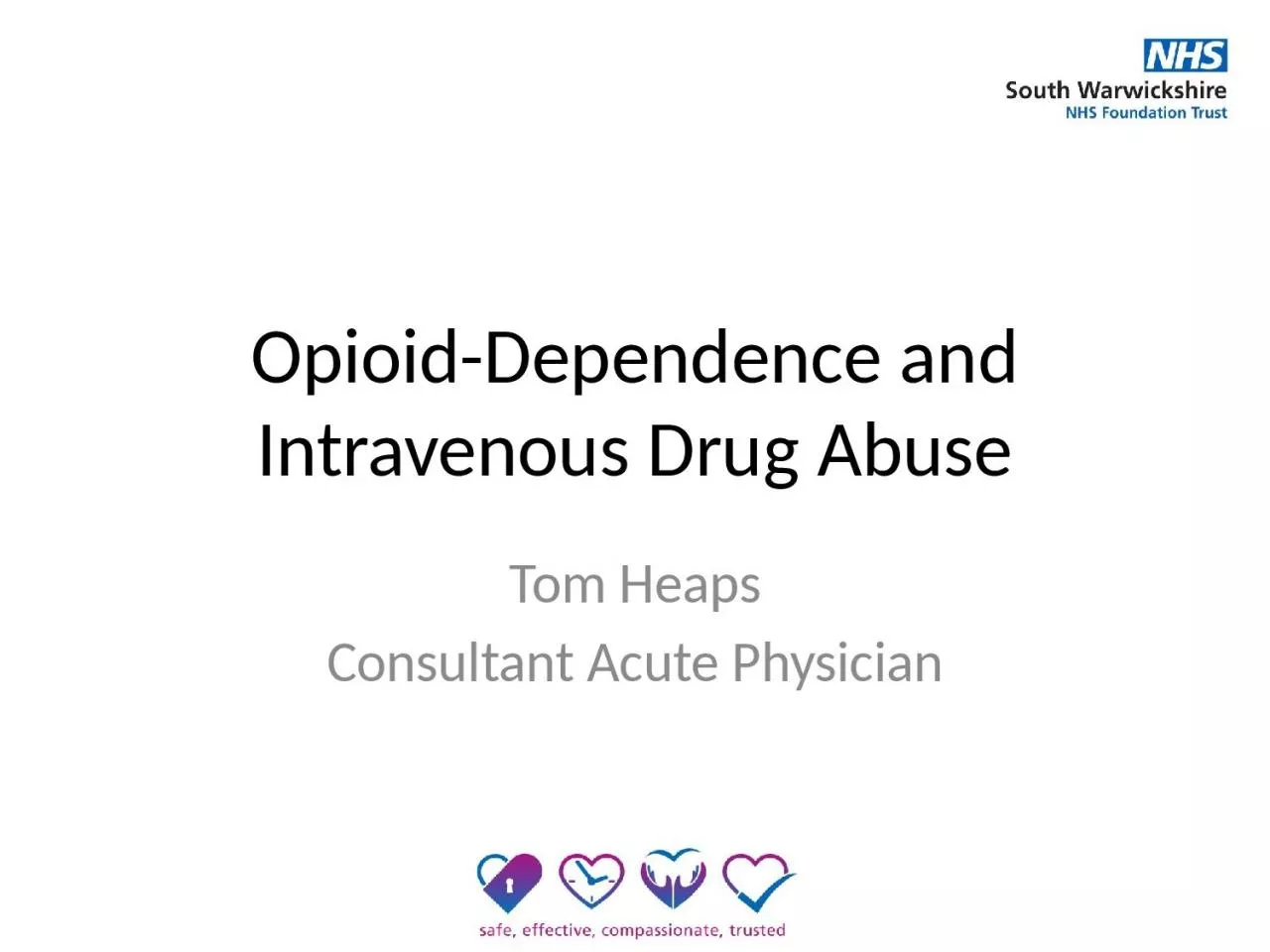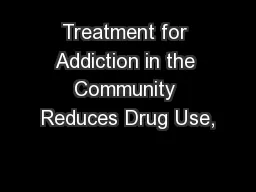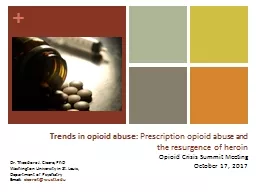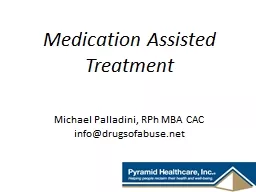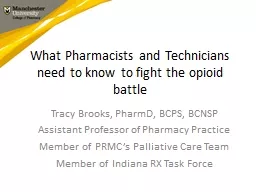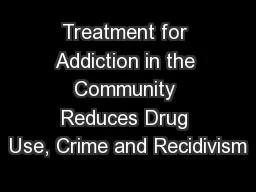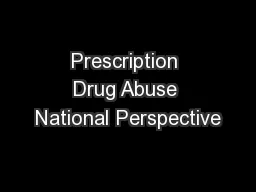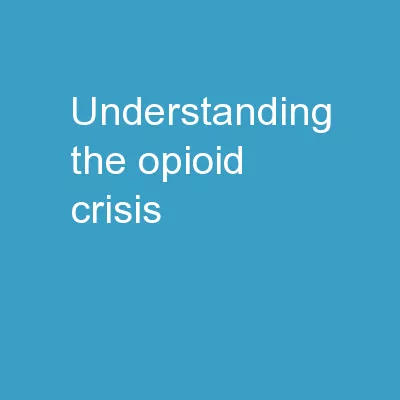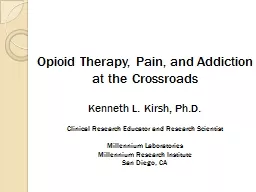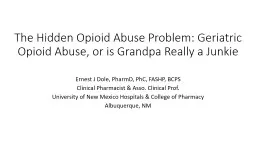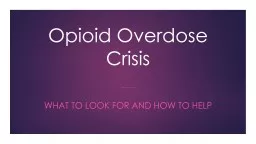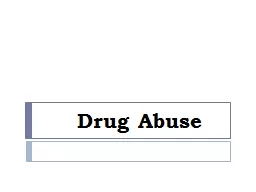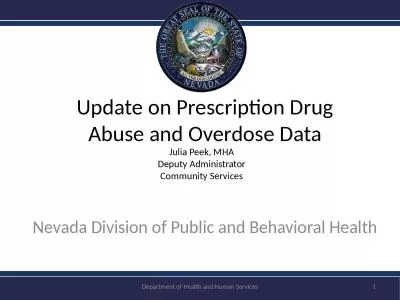PPT-Opioid-Dependence and Intravenous Drug Abuse
Author : WonderWoman | Published Date : 2022-08-03
Tom Heaps Consultant Acute Physician Clinical Case 1 23yearold female Heroin addiction for 2 years Presents to ED with Rigors Fever 392C Headache Abdominal pain
Presentation Embed Code
Download Presentation
Download Presentation The PPT/PDF document "Opioid-Dependence and Intravenous Drug A..." is the property of its rightful owner. Permission is granted to download and print the materials on this website for personal, non-commercial use only, and to display it on your personal computer provided you do not modify the materials and that you retain all copyright notices contained in the materials. By downloading content from our website, you accept the terms of this agreement.
Opioid-Dependence and Intravenous Drug Abuse: Transcript
Download Rules Of Document
"Opioid-Dependence and Intravenous Drug Abuse"The content belongs to its owner. You may download and print it for personal use, without modification, and keep all copyright notices. By downloading, you agree to these terms.
Related Documents

